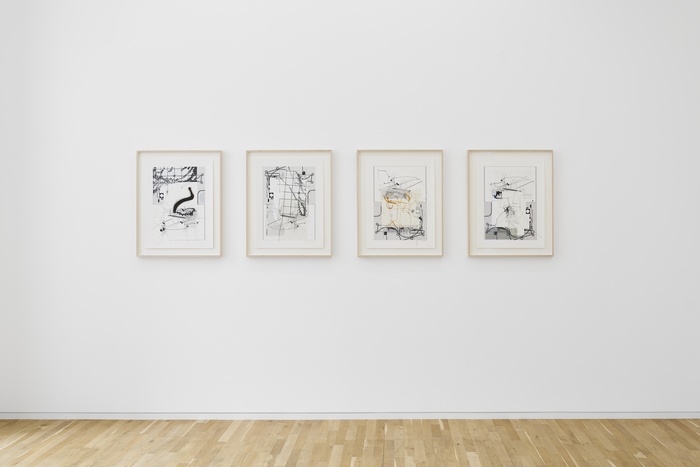
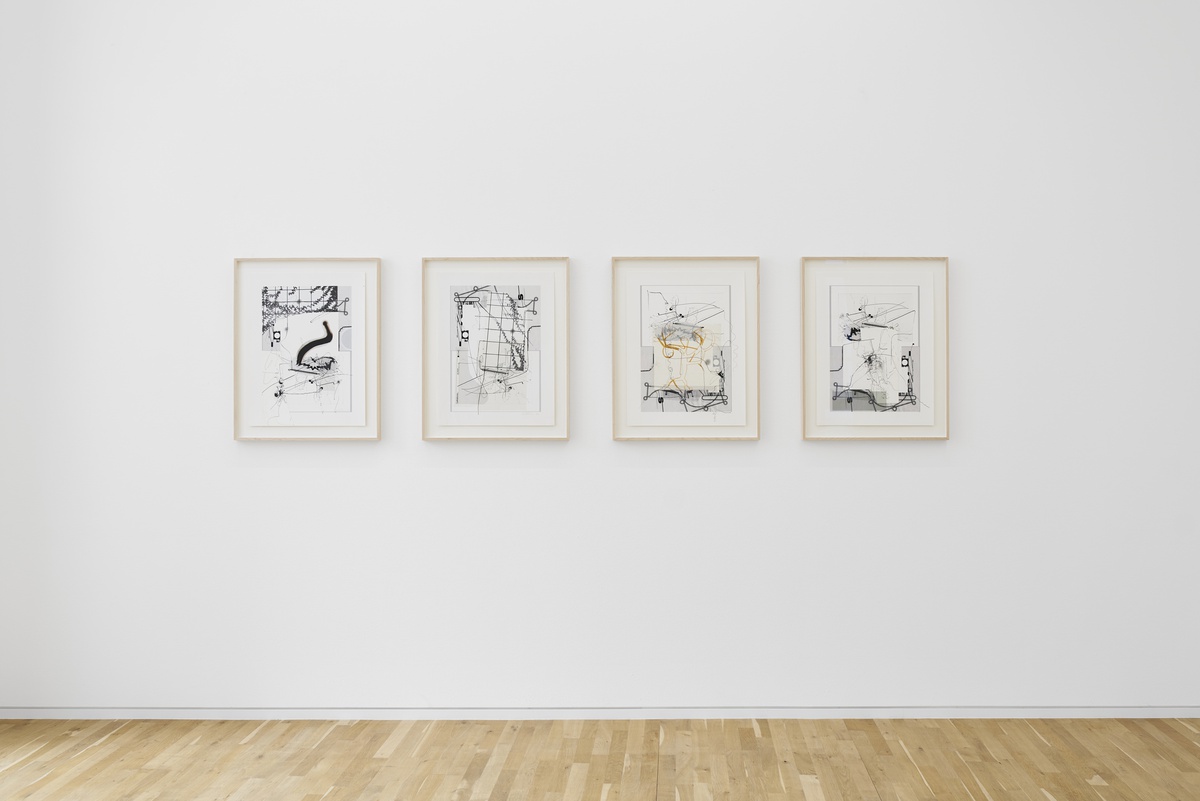

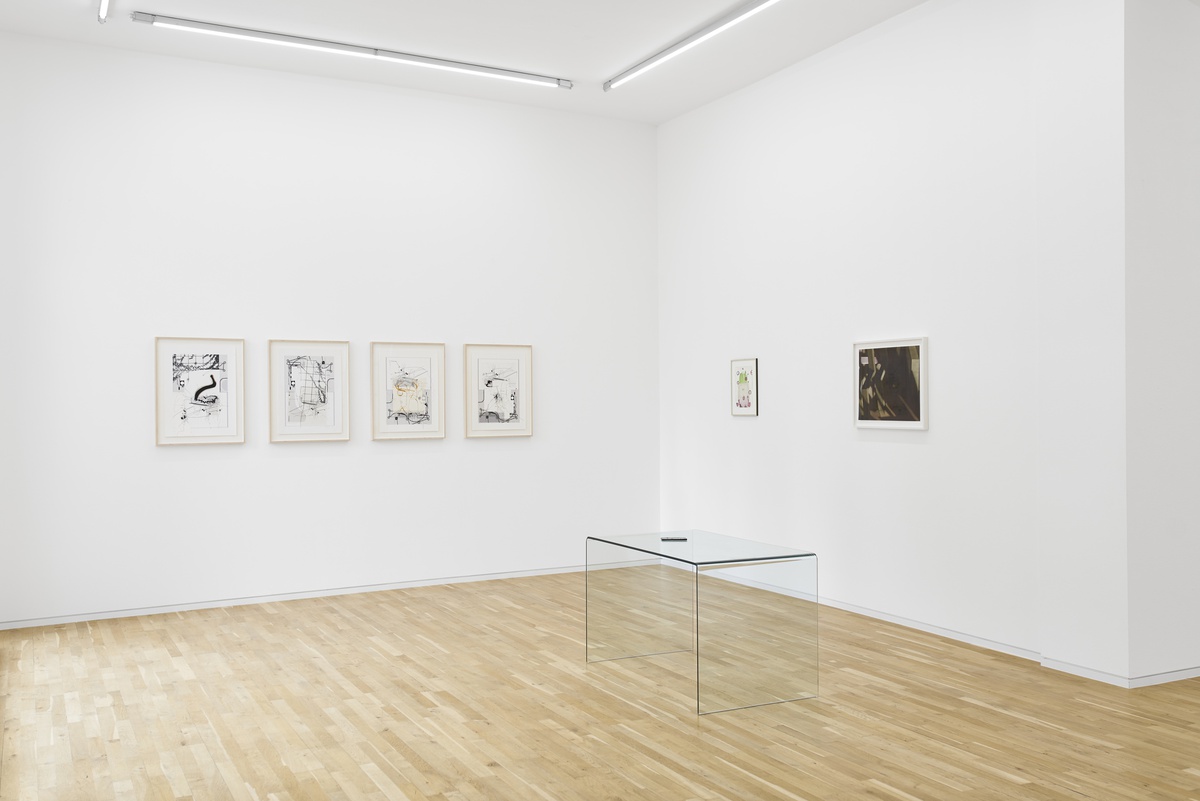
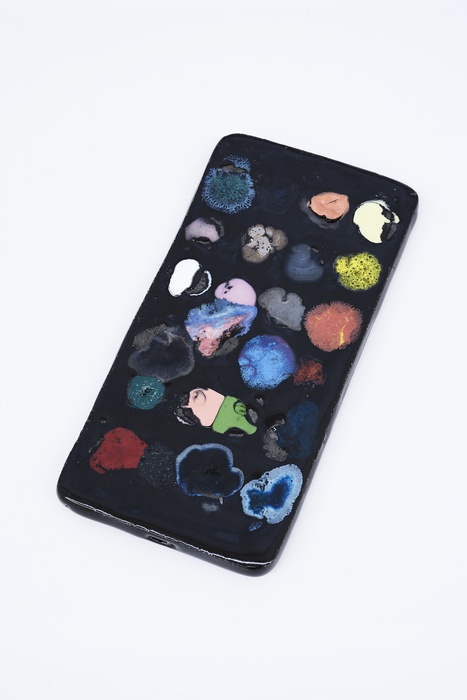
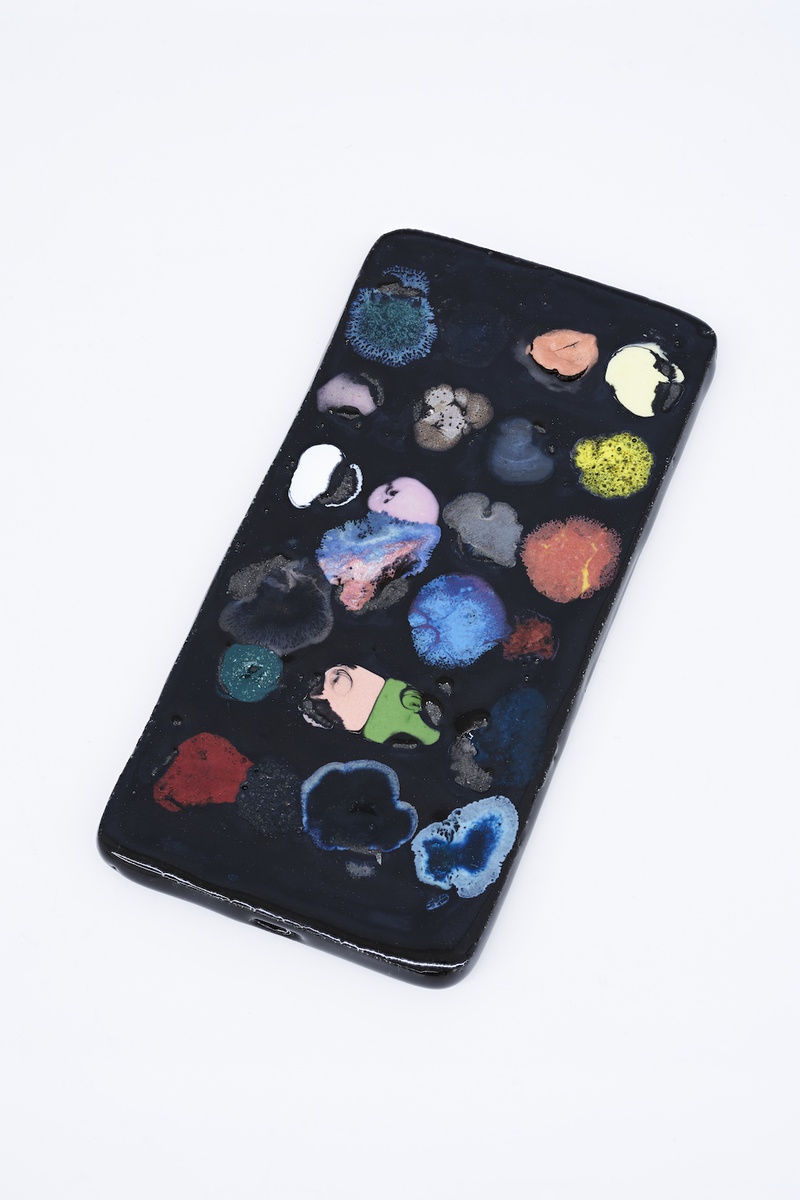

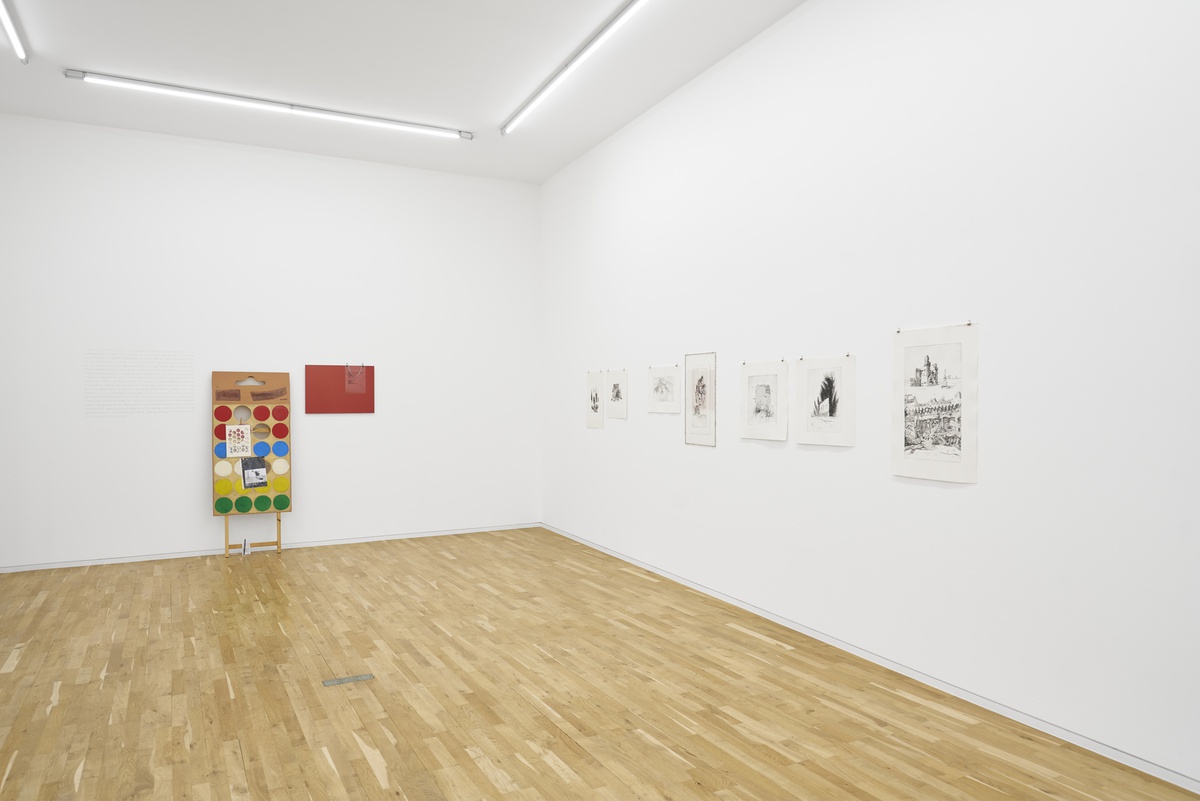
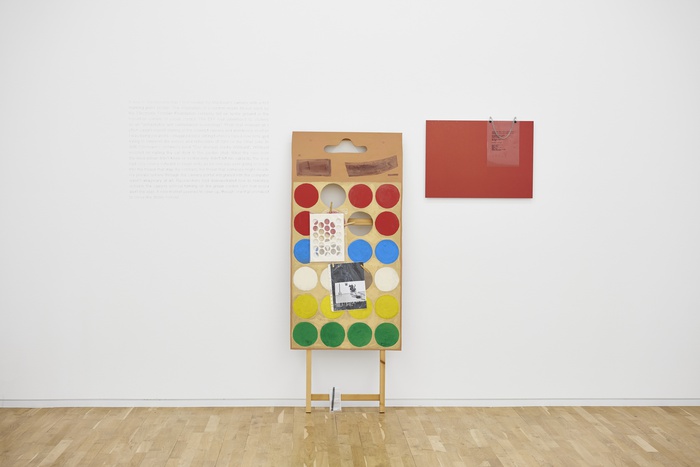

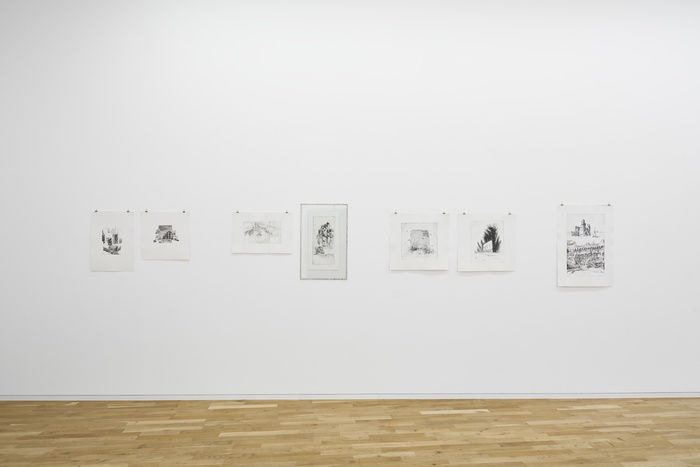
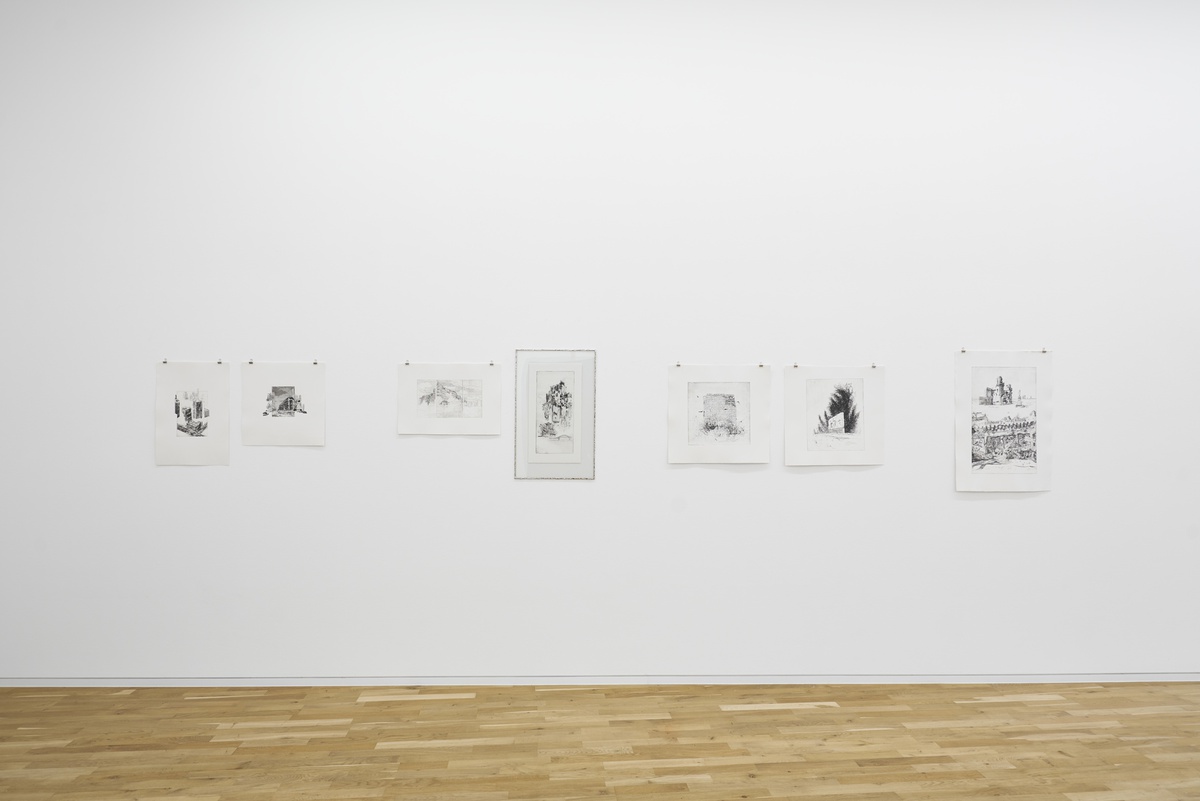
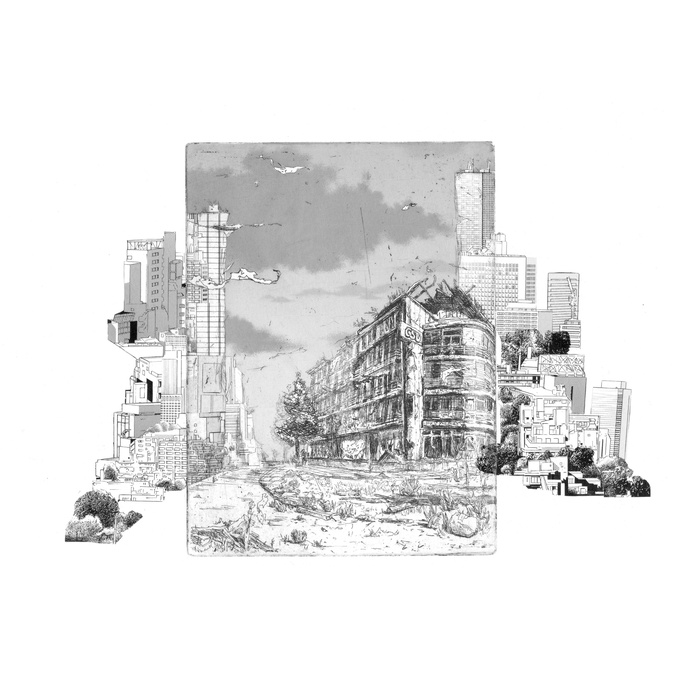
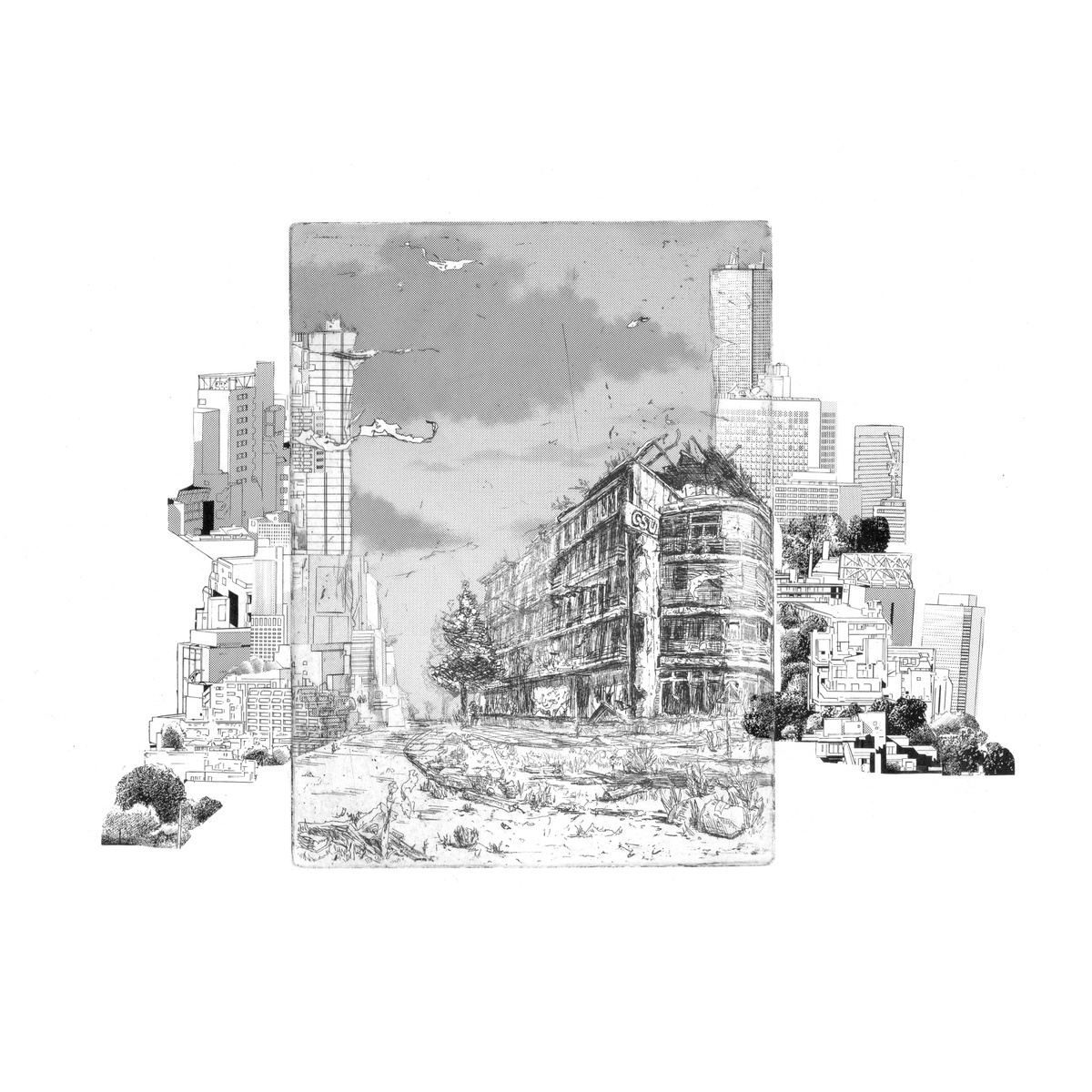
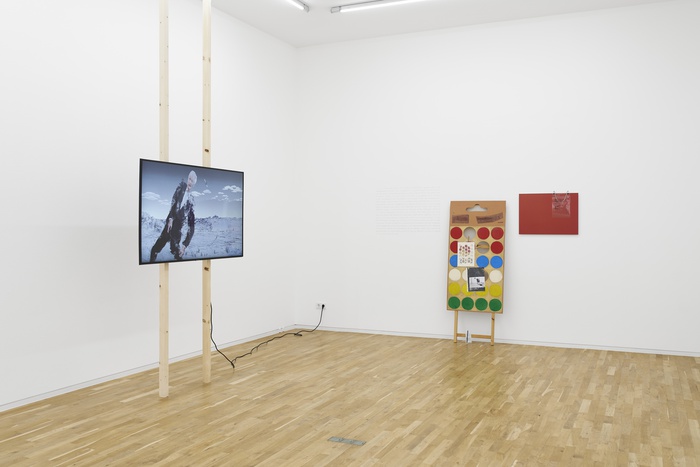
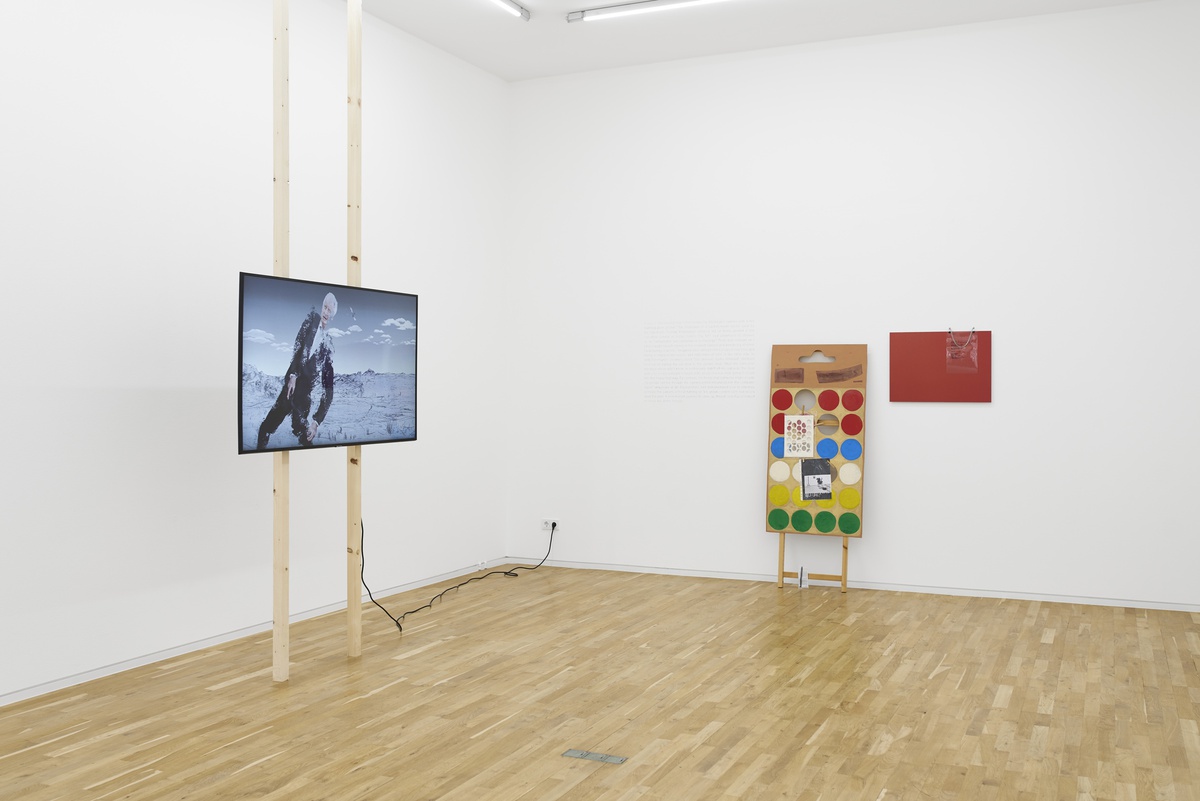


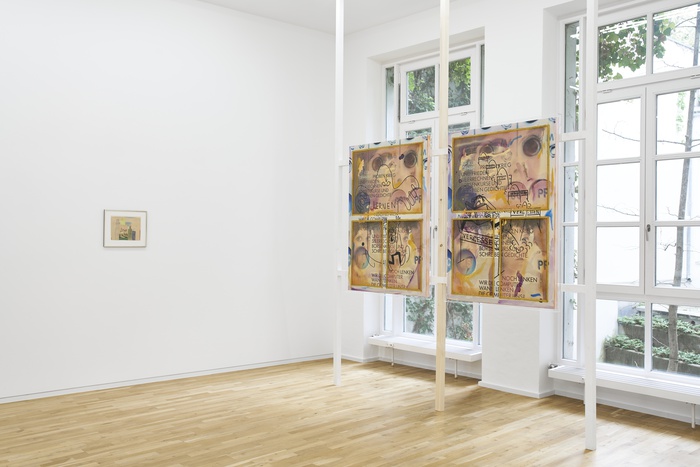
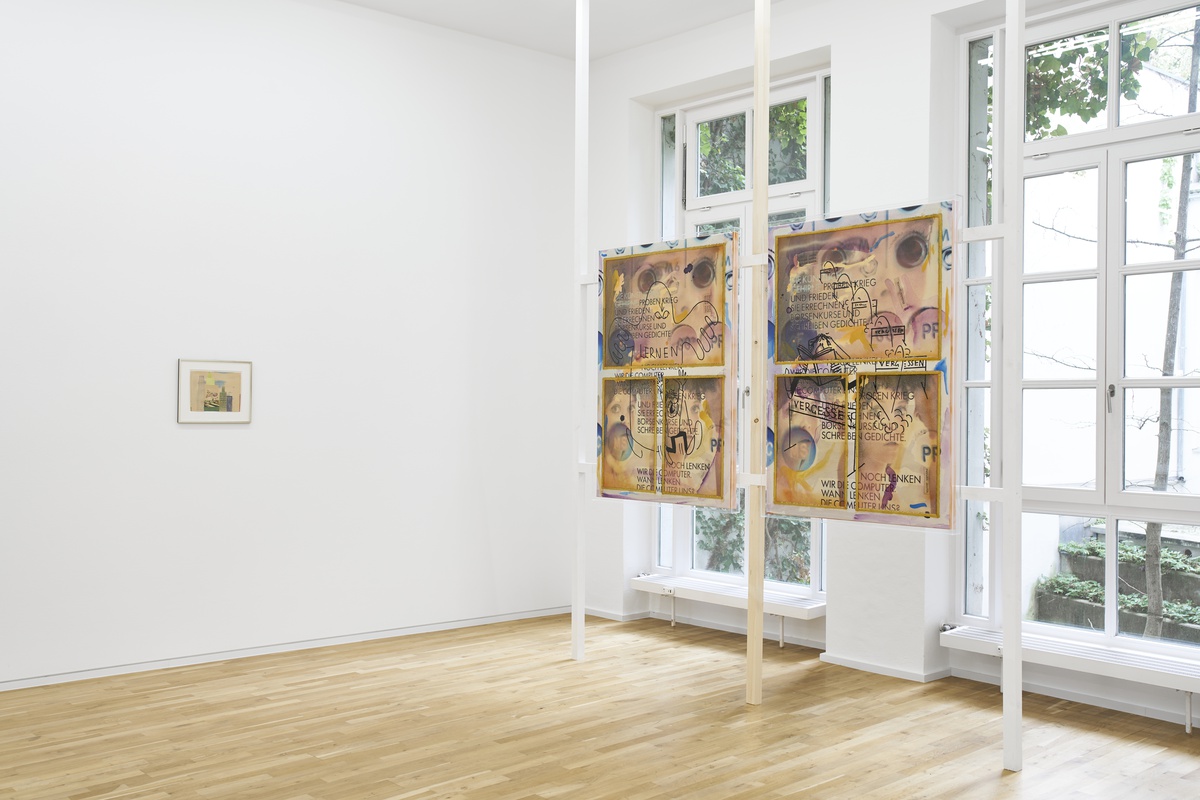
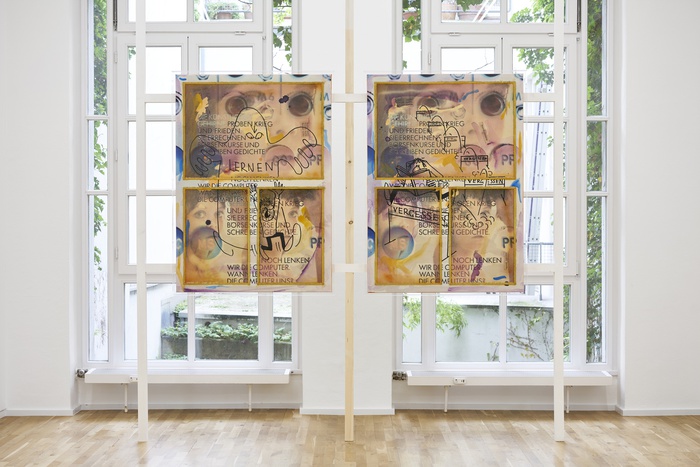

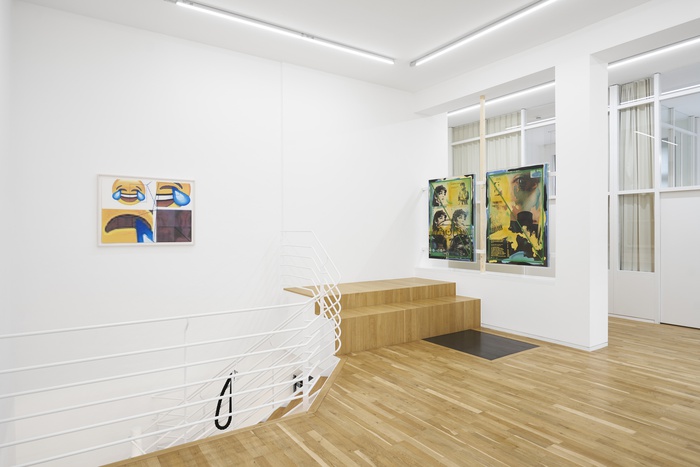
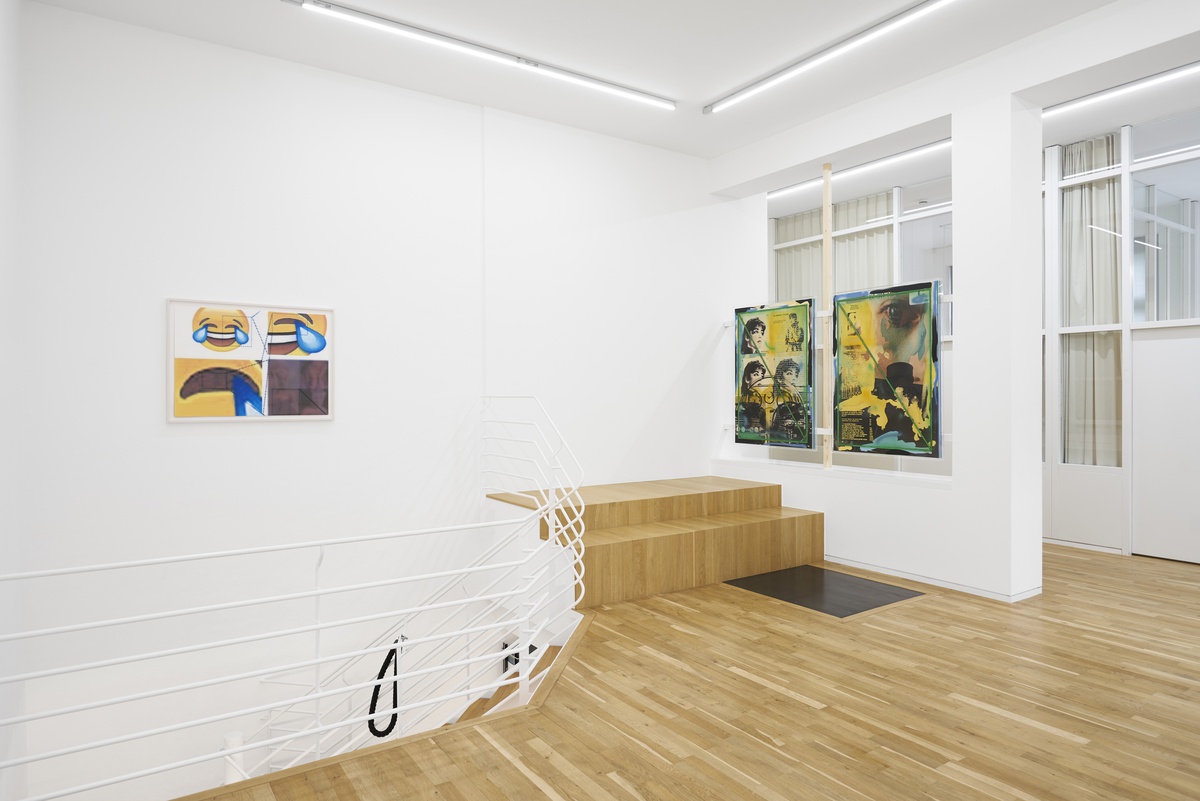
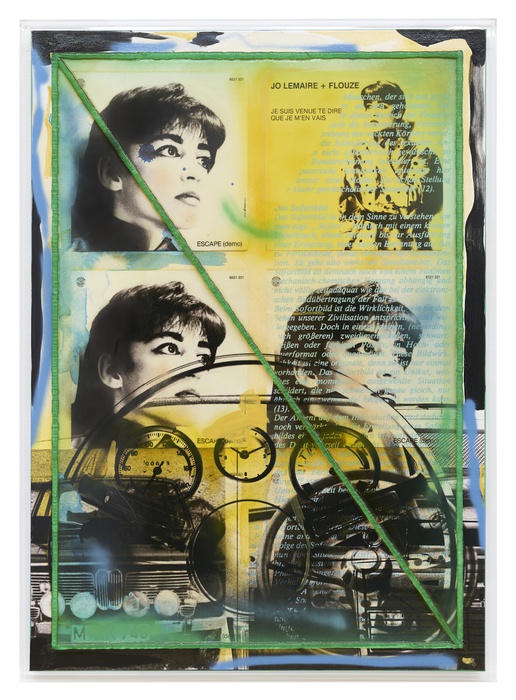
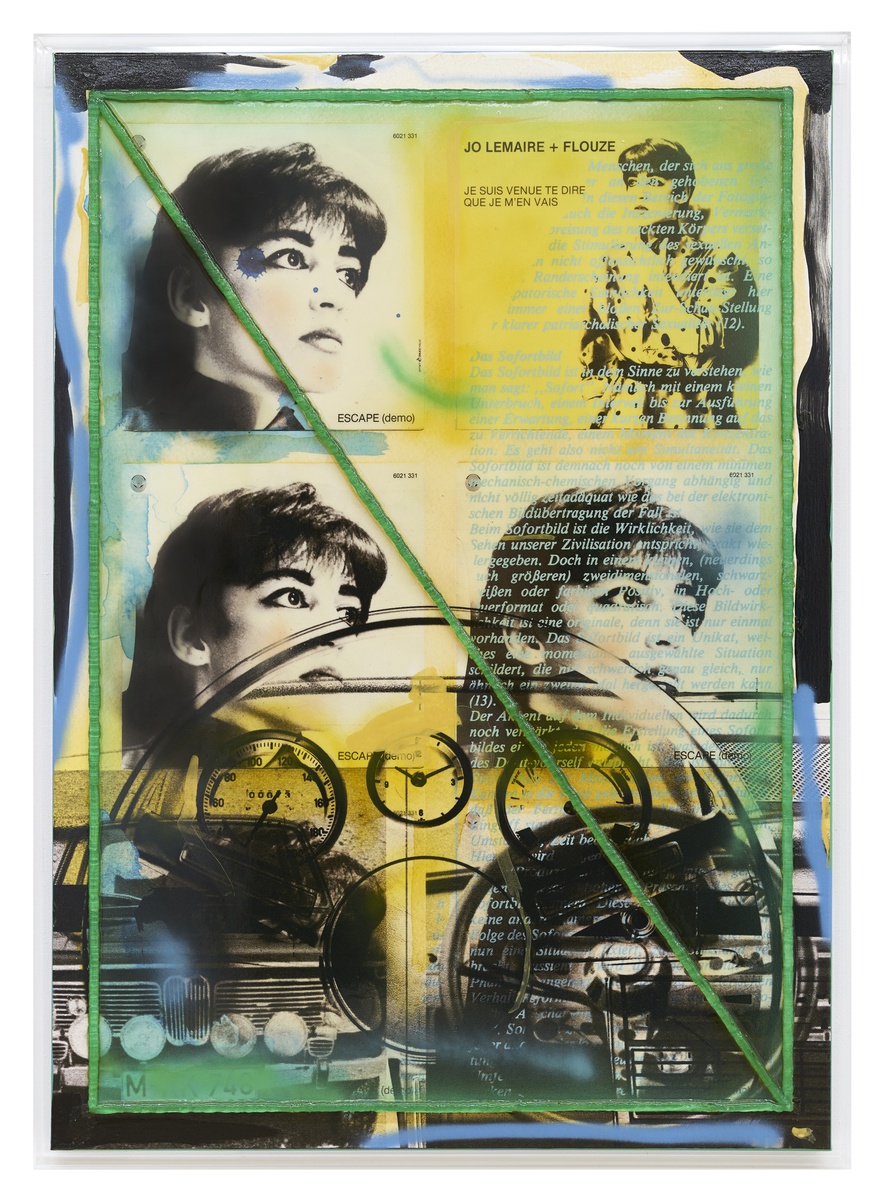
Installation view Albert Oehlen, Jahn und Jahn, Munich, 2019
Installation view, Jahn und Jahn, Munich, 2019
ceramics, 50 unique works
14 x 7 cm
Installation view Thomas Baldischwyler and Soyon Jung, Jahn und Jahn, Munich, 2019
Installation view Thomas Baldischwyler, Jahn und Jahn, Munich, 2019
Installation view Soyon Jung, Jahn und Jahn, Munich, 2019
etching on laid paper, hand-made print, hand-glued foils
Installation view Soyon Jung and Thomas Baldischwyler, Jahn und Jahn, Munich, 2019
Installation view Thomas Baldischwyler and Soyon Jung, Jahn und Jahn, Munich, 2019
Installation view Laura Owens and Thomas Baldischwyler, Jahn und Jahn, Munich, 2019
Installation view Thomas Baldischwyler, Jahn und Jahn, Munich, 2019
Installation view Avery Singer and Thomas Baldischwyler, Jahn und Jahn, Munich, 2019
acrylic, silicone, UV ink and polyurethane paint on canvas, shadow gap in acrylic glass
140 x 100 cm
In cooperation with Conradi, Hamburg, and Kraupa-Tuskany Zeidler, Berlin (co-curated by Tilman Kriesel)
The exhibition "Computer and Paper" explores the question of how the ubiquitous digitalization of all aspects of life can be expressed and reflected in artistic practices. It does this by focusing on paper, but at the same time distancing itself from paper as a traditional medium. In its history, this medium has experienced numerous changes in terms of its practical application as well as the meaning ascribed to it, specifically in relation to other mediums, and as such offers the possibility to compare continuity and transformation. For, as media theorist Friedrich Kittler has stated, existing mediums are never replaced by emerging ones but rather live on, on the one hand, within those that emerge, under altered conditions. On the other hand, they are retrospectively reconfigured in terms of their structure, use, and meaning.
A quality that links computer and paper together today is their almost universal availability. They are, as it were, basic ready-mades of all artistic production, at least to the extent that they have configured the knowledge from which an artistic subject operates, a knowledge that circulates through them via images and information. Or put another way: in 2019, all art is post-internet. A significant difference lies however in the double materiality of the computer, which results from its division into physical hardware and digital software and resultantly generates its own field of tension. The functioning of the first visual design programs, which still represent industry standards today, simulated working on paper. Thus, the entanglement of virtual paper with computer hardware has led to new image-making possibilities.
These were utilized early on by Albert Oehlen and Laura Owens: while Albert Oehlen was beginning his computer paintings in the early 1990s, Laura Owens was already using similar technical means as a starting point for her work at CalArts in Los Angeles. Moreover, it is characteristic of her works that they not only reflect the technological, but also the contextual conditions of their production and circulation, for example by including elements of the exhibition location in the work. She also documented the development of her artistic career through both digital and physical sketches, as well as notes, faxes, telegrams, and e-mails with gallerists, curators, and artist friends in the publication accompanying her exhibition at the Whitney Museum. A similar dimension of self-reflection can be found in the work of Avery Singer, whose practice likewise develops in dialogue with digital image acquisition and painterly materialization. From her first piece of this type (The Studio Visit, 2012) through to newer works, currently on show at the Venice Biennale, she is constantly dealing with the question of her own artistic subjectivity, considering the way in which it is formed through technological conditions and social conventions. These elements also find continuity in the artistic work of Thomas Baldischwyler. His works always focus on genealogies of knowledge, practices, and images, their material connection and the conditions of their visibility and enforcement. As such, he mostly explores subcultural or marginalized historical narratives and gives them new spaces of possibility within his exhibitions. Soyon Jung and Felix Thiele follow a similar process. At the beginning of the year, in their joint exhibition Death Hoax, they attempted to produce utopian potential by intertwining traditional and contemporary means, such as etching and digital animation, in order to highlight alternative ways out of our broader present. This balance between affirmation and critical distance is crucial for all artists in this exhibition: they avoid falling for neither a traditionalism rejecting the contemporary nor for a fetishization of the current technological condition. Rather, they recognize their situation and, in dealing with it, try to create new spaces in between.
Roy Huschenbeth
Press Selection (German) Süddeutsche, October 1, 2019 Handelsblatt, August 29, 2019